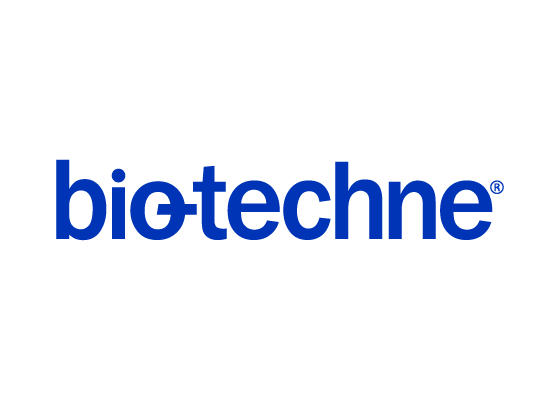Human Matrilin-3 Antibody
R&D Systems, part of Bio-Techne | Catalog # AF3017


Key Product Details
Species Reactivity
Applications
Label
Antibody Source
Product Specifications
Immunogen
Specificity
Clonality
Host
Isotype
Endotoxin Level
Applications for Human Matrilin-3 Antibody
Blockade of Receptor-ligand Interaction
Western Blot
Sample: Recombinant Human Matrilin-3 (Catalog # 3017-MN)
Formulation, Preparation, and Storage
Purification
Reconstitution
Formulation
Shipping
Stability & Storage
- 12 months from date of receipt, -20 to -70 °C as supplied.
- 1 month, 2 to 8 °C under sterile conditions after reconstitution.
- 6 months, -20 to -70 °C under sterile conditions after reconstitution.
Background: Matrilin-3
Matrilin-3 is a 50‑60 kDa extracellular matrix protein that belongs to the superfamily of von Willebrand factor A (VWA) containing proteins. It is primarily expressed in cartilage and functions as a bridging component between proteins of the collagenous matrix (1‑3). The human Matrilin-3 cDNA encodes a 486 amino acid (aa) precursor with a 28 aa signal sequence, an N-terminal VWA domain, four tandem EGF-like repeats, and a C-terminal coiled‑coil domain (4). The Matrilins differ in the number of VWA domains (one or two) and EGF-like repeats (one, three, four, or ten) they contain. Human Matrilin-3 shares 82% aa sequence identity with mouse Matrilin-3. Within the first VWA domain, human Matrilin-3 shares approximately 55% aa sequence identity with human Matrilin-1, -2, and -4. The coiled‑coil domain of Matrilin-3 mediates disulfide-linked homo-oligomerization, with tetramer formation being the most dominant (5‑7). It can also assemble into hetero-oligomers with Matrilin-1 (5‑7). Matrilin-3 is more plentiful than Matrilin-1 in the proliferative zone of the growth plate, whereas the reverse is true in the maturation zone (5). Matrilin-3 interacts directly with Collagen IX and COMP (8, 9). In the absence of Collagen IX, the expression of Matrilin-3 is unchanged, although it is retained inside chondrocytes and is not incorporated into the matrix (9). Matrilin-3 also associates with smaller cartilage fibrils independent of Collagen IX (9). Matrilin-3 knockout mice do not display any obvious abnormalities, suggesting that other molecules may compensate for the lack of Matrilin-3 (10). In contrast, intracellular retention of Matrilin-3 with particular point mutations in the VWA domain results in multiple epiphyseal dysplasia (11‑13). A point mutation in the first EGF-like repeat which has been linked to hand osteoarthritis does not prevent Matrilin-3 secretion (13).
References
- Wagener, R. et al. (2005) FEBS Lett. 579:3323.
- Deak, F. et al. (1999) Matrix Biol. 18:55.
- Whittaker, C.A. and R.O. Hynes (2002) Mol. Biol. Cell 13:3369.
- Belluoccio, D. et al. (1998) Genomics 53:391.
- Zhang, Y. and Q. Chen (2000) J. Biol. Chem. 275:32628.
- Klatt, A.R. et al. (2000) J. Biol. Chem. 275:3999.
- Frank, S. et al. (2002) J. Biol. Chem. 277:19071.
- Mann, H.H. et al. (2004) J. Biol. Chem. 279:25294.
- Budde, B. et al. (2005) Mol. Cell. Biol. 25:10465.
- Ko, Y. et al. (2004) Mol. Cell. Biol. 24:1691.
- Jackson, G.C. et al. (2004) J. Med. Genet. 41:52.
- Cotterill, S.L. et al. (2005) Hum. Mutat. 26:557.
- Otten, C. et al. (2005) J. Med. Genet. 42:774.
Alternate Names
Gene Symbol
Additional Matrilin-3 Products
Product Documents for Human Matrilin-3 Antibody
Product Specific Notices for Human Matrilin-3 Antibody
For research use only